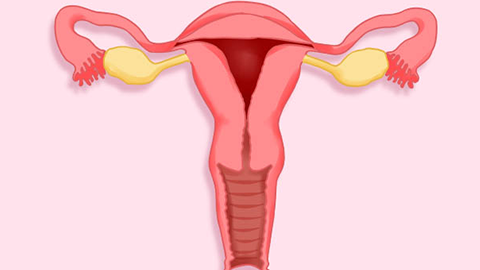What does congenital bicornuate uterus mean?
Generally, congenital double uterus refers to a rare developmental anomaly of the female reproductive system. In this condition, the uterus, which should have fused into a single organ during embryonic development, fails to fully merge and instead forms two separate uteri. A detailed explanation is as follows:

Congenital double uterus is a congenital malformation characterized by abnormal uterine development. It arises from the failure of the two Müllerian ducts to fully fuse during embryonic development, resulting in the formation of two separate uterine bodies, cervixes, and vaginas, often accompanied by either a double cervix or a single cervix. Imaging studies reveal two distinct uteri within the pelvic cavity, each with its own uterine cavity and endometrium. Some patients may also have a vaginal septum or oblique vaginal septum. Most individuals with a double uterus experience no significant symptoms, and menstrual cycle and flow can remain normal. However, some may encounter fertility-related issues due to abnormal uterine morphology, such as infertility, miscarriage, preterm birth, or fetal malposition. In certain cases, delayed pregnancy diagnosis may occur due to the possibility of alternating pregnancies between the two uteri.
To avoid health risks, it is recommended to undergo regular examinations and evaluations under the guidance of a specialist. Monitoring menstrual status in daily life and avoiding strenuous physical activity or improper sexual behavior can help reduce the risk of complications.





